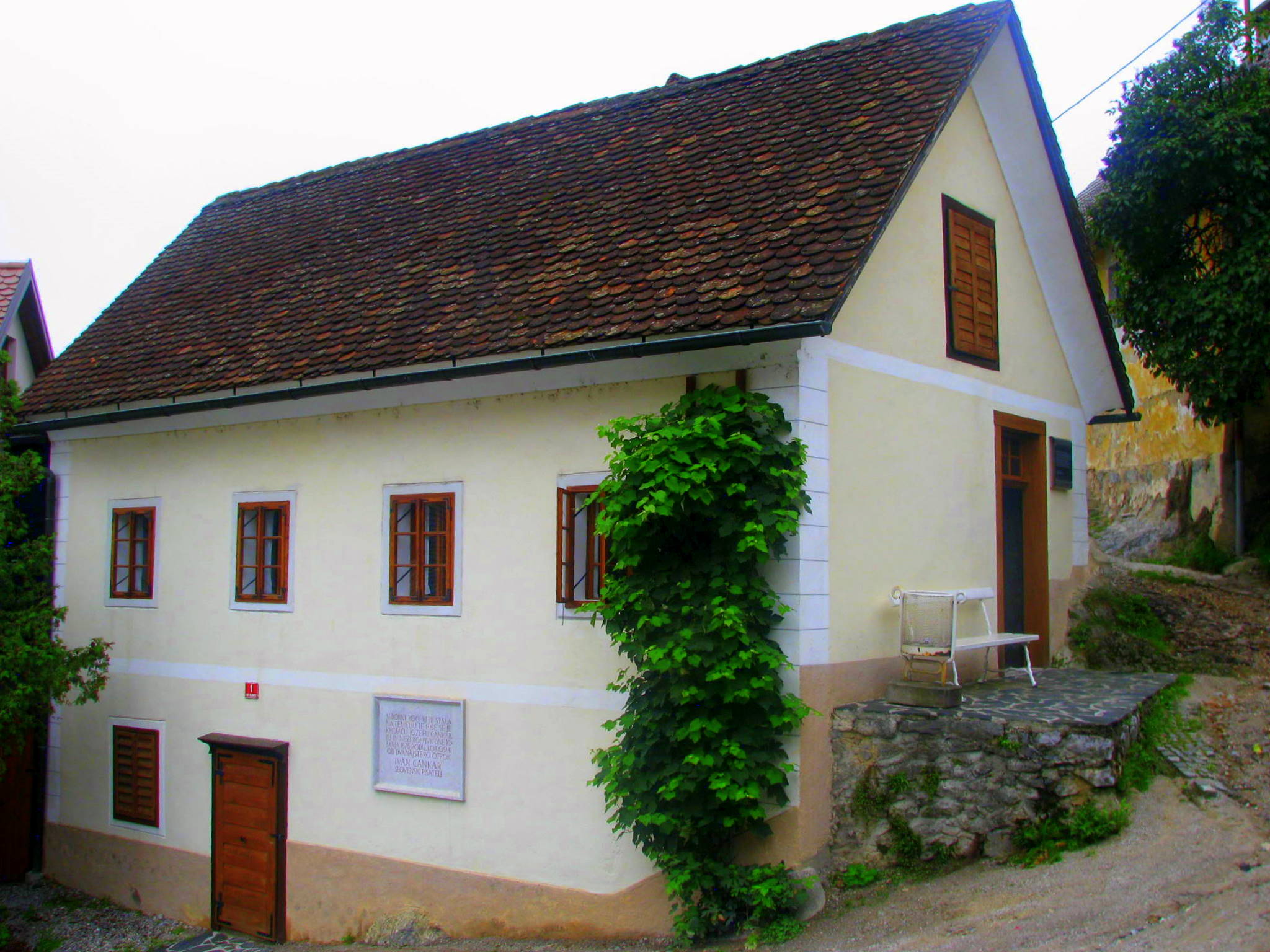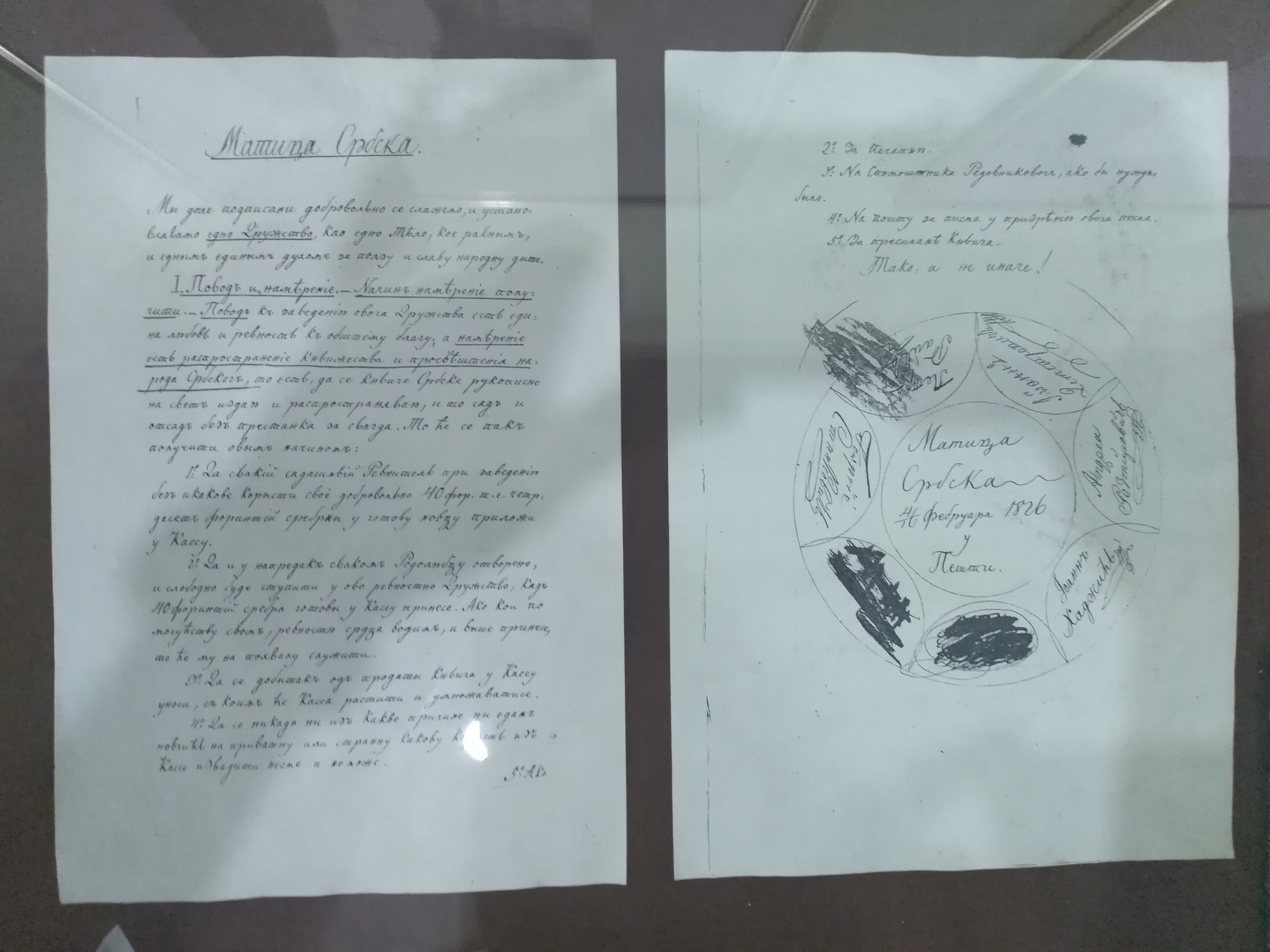|
Ivan Cankar
Ivan Cankar (, ) (10 May 1876 – 11 December 1918) was a Slovene writer, playwright, essayist, poet, and political activist. Together with Oton Župančič, Dragotin Kette, and Josip Murn, he is considered as the beginner of modernism in Slovene literature. He is regarded as the greatest writer in Slovene, and has sometimes been compared to Franz Kafka and James Joyce. Biography Ivan Cankar was born in the Carniolan town of Vrhnika near Ljubljana. He was one of the many children of a poor artisan who emigrated to Bosnia shortly after Ivan's birth. He was raised by his mother, Neža Cankar née Pivk, with whom he established a close, but ambivalent relationship. The figure of a self-sacrificing and submissively repressive mother would later become one of the most recognizable features of Cankar's prose. After finishing grammar school in his hometown, he studied at the Technical High School (''Realka'') in Ljubljana (1888–1896). During this period, he started writing l ... [...More Info...] [...Related Items...] OR: [Wikipedia] [Google] [Baidu] |
Vrhnika
Vrhnika (; german: Oberlaibach;''Leksikon občin kraljestev in dežel zastopanih v državnem zboru,'' vol. 6: ''Kranjsko''. 1906. Vienna: C. Kr. Dvorna in Državna Tiskarna, p. 120. la, Nauportus) is a town in Slovenia. It is the seat of the Municipality of Vrhnika. It is located on the Ljubljanica River, 21 km from Ljubljana along the A1 motorway. Geography Vrhnika lies at the southwest end of the Ljubljana Marsh near the sources of the Ljubljanica River, where the Ljubljana Basin opens up between the foot of Ljubljana Peak ( sl, Ljubljanski vrh, ) and Ulovka Hill (). The territory of the town extends south onto the Logatec Plateau ( sl, Logaška planota), where the Big and Little Drnovica Collapse Sinkholes ( sl, Velika Drnovica, Mala Drnovica) are found. A rich network of springs and streams originates and joins near the town to form the source of the Ljubljanica. Name The settlement at the location of today's Vrhnika was attested in antiquity as ''Nauportus'' in Latin, ... [...More Info...] [...Related Items...] OR: [Wikipedia] [Google] [Baidu] |
Anton Aškerc
Anton Aškerc (; 9 January 1856 – 10 June 1912) was an Slovenian poet and Roman Catholic priest who worked in Austria, best known for his epic poems. Aškerc was born into a peasant family near the town of Rimske Toplice in the Duchy of Styria, then part of the Austrian Empire (now in Slovenia). His exact birthplace is unknown because his family was on the move at the time of his birth. After graduating from high school in Celje he entered the Roman Catholic theological seminary in Maribor. He was ordained a priest in 1880. The same year he published his first poem entitled ''Trije popotniki'' ("The Three Travelers") in the progressive literary magazine ''Ljubljanski zvon''. He started his literary career by writing lyric poetry, but after 1882 moved to more epic themes. His post-romantic poems express his patriotism, love and religious doubt. The themes of his ballades and romances come from Slovene and Slavic history, the Bible, folk traditions as well as contemporary l ... [...More Info...] [...Related Items...] OR: [Wikipedia] [Google] [Baidu] |
Epic Poetry
An epic poem, or simply an epic, is a lengthy narrative poem typically about the extraordinary deeds of extraordinary characters who, in dealings with gods or other superhuman forces, gave shape to the mortal universe for their descendants. Etymology The English word ''epic'' comes from Latin ''epicus'', which itself comes from the Ancient Greek adjective (''epikos''), from (''epos''), "word, story, poem." In ancient Greek, 'epic' could refer to all poetry in dactylic hexameter (''epea''), which included not only Homer but also the wisdom poetry of Hesiod, the utterances of the Delphic oracle, and the strange theological verses attributed to Orpheus. Later tradition, however, has restricted the term 'epic' to ''heroic epic'', as described in this article. Overview Originating before the invention of writing, primary epics, such as those of Homer, were composed by bards who used complex rhetorical and metrical schemes by which they could memorize the epic as received i ... [...More Info...] [...Related Items...] OR: [Wikipedia] [Google] [Baidu] |
Simon Gregorčič
Simon Gregorčič (15 October 1844 – 24 November 1906) was a Slovene poet and Roman Catholic priest. He is considered the first lyric poet of the Slovene realist poetry and the most melodical Slovene poet. Biography Gregorčič (October 15, 1844 – November 24, 1906) was born in the small mountain village of Vrsno above the Soča river in the County of Gorizia and Gradisca as a second son of a small farmer Jernej Gregorčič and his wife Katarina (maiden name Gaberšček). He had seven siblings. As a young boy he was a shepherd. In 1851, he attended primary school in Libušnje, but was sent to school in Gorizia in 1852. After finishing high school he entered the seminary in Gorizia. He was ordained on October 27, 1867 and became a vicar in Kobarid in September 1868. There he continued with his literary work and together with his friend Ignacij Gruntar in 1871 founded a public reading room. Actually, Ignacij Gruntar was not only very good friend to Simon, but also h ... [...More Info...] [...Related Items...] OR: [Wikipedia] [Google] [Baidu] |
Simon Jenko
Simon Jenko (October 27, 1835 – October 18, 1869) was a Slovene poet, lyricist and writer. Jenko was born in Podreča in the Sora Plain (''Sorško polje'') in Upper Carniola, then part of the Austrian Empire, now in Slovenia, as an illegitimate son of poor peasant parents. Later he moved with his parents to Praše, which was the very inspiration for most of his poems and short stories. The local clergy enabled him to study in Novo Mesto, Klagenfurt, and Ljubljana. Contrary to their will, however, Jenko decided not to become a priest, but enrolled at the University of Vienna, where he studied law, classical philology, and history. Together with Fran Levstik, Josip Jurčič, Josip Stritar, Simon Gregorčič, and Fran Erjavec, he belonged to the group of prominent Slovenes that embraced a progressive and nationalist political ideology (often with Pan-Slavic elements) and introduced literary realism in Slovenian literature. He mostly wrote lyrical and patriotic poems, which ... [...More Info...] [...Related Items...] OR: [Wikipedia] [Google] [Baidu] |
Heinrich Heine
Christian Johann Heinrich Heine (; born Harry Heine; 13 December 1797 – 17 February 1856) was a German poet, writer and literary critic. He is best known outside Germany for his early lyric poetry, which was set to music in the form of '' Lieder'' (art songs) by composers such as Robert Schumann and Franz Schubert. Heine's later verse and prose are distinguished by their satirical wit and irony. He is considered a member of the Young Germany movement. His radical political views led to many of his works being banned by German authorities—which, however, only added to his fame. He spent the last 25 years of his life as an expatriate in Paris. Early life Childhood and youth Heine was born on 13 December 1797, in Düsseldorf, in what was then the Duchy of Berg, into a Jewish family. He was called "Harry" in childhood but became known as "Heinrich" after his conversion to Lutheranism in 1825. Heine's father, Samson Heine (1764–1828), was a textile merchant. His mother Peira ... [...More Info...] [...Related Items...] OR: [Wikipedia] [Google] [Baidu] |
France Prešeren
France Prešeren () (2 or 3 December 1800 – 8 February 1849) was a 19th-century Romantic Slovene poet whose poems have been translated into many languages.Database of translations – Prešeren , Slovene Book Agency, 2013 He has been considered the greatest Slovene classical poet and has inspired later . He wrote the first Slovene and the first Slovene epic. After his death, he beca ... [...More Info...] [...Related Items...] OR: [Wikipedia] [Google] [Baidu] |
Socialist Republic Of Serbia
, life_span = 1944–1992 , status = Constituent state of Yugoslavia , p1 = Territory of the Military Commander in Serbia , flag_p1 = Flag of German Reich (1935–1945).svg , p2 = Kingdom of Hungary (1920–1946)Kingdom of Hungary , flag_p2 = Flag of Hungary (1920–1946).svg , p3 = Independent State of Croatia , flag_p3 = Flag of Independent State of Croatia.svg , p4 = Kingdom of Bulgaria , flag_p4 = Flag of Bulgaria.svg , s1 = Republic of Serbia (1992–2006)Republic of Serbia , flag_s1 = Flag of Serbia (1992-2004).svg , image_flag = Flag of the Socialist Republic of Serbia.svg , flag_type = Flag(1947–1992) , image_coat = Coat of arms of Serbia (1947–2004).svg , symbol_type = Emblem(1947–1992) , common_language ... [...More Info...] [...Related Items...] OR: [Wikipedia] [Google] [Baidu] |
Socialist Autonomous Province Of Vojvodina
The Socialist Autonomous Province of Vojvodina ( sh, / ) was one of two autonomous provinces within the Socialist Republic of Serbia, in the former Socialist Federal Republic of Yugoslavia. The province is the direct predecessor to the modern-day Serbian Autonomous Province of Vojvodina. The province was formally created in 1945 in the aftermath of the World War II in Yugoslavia, as the Autonomous Province of Vojvodina (). In 1968, it was granted a higher level of political autonomy, and the adjective ''Socialist'' was added to its official name. In 1990, after the constitutional reform influenced by what is known as the anti-bureaucratic revolution, its autonomy was reduced to the pre-1968 level, and the term ''Socialist'' was dropped from its name. It was encompassing regions of Srem, Banat and Bačka, with capital in Novi Sad. Throughout its existence Serbs in Vojvodina constituted the largest ethnic group in the province with a parallel strong affirmation of multi-ethni ... [...More Info...] [...Related Items...] OR: [Wikipedia] [Google] [Baidu] |
Novi Sad
Novi Sad ( sr-Cyrl, Нови Сад, ; hu, Újvidék, ; german: Neusatz; see below for other names) is the second largest city in Serbia and the capital of the autonomous province of Vojvodina. It is located in the southern portion of the Pannonian Plain on the border of the Bačka and Syrmia geographical regions. Lying on the banks of the Danube river, the city faces the northern slopes of Fruška Gora. , Novi Sad proper has a population of 231,798 while its urban area (including the adjacent settlements of Petrovaradin and Sremska Kamenica) comprises 277,522 inhabitants. The population of the administrative area of the city totals 341,625 people. Novi Sad was founded in 1694 when Serb merchants formed a colony across the Danube from the Petrovaradin Fortress, a strategic Habsburg military post. In subsequent centuries, it became an important trading, manufacturing and cultural centre, and has historically been dubbed ''the Serbian Athens''. The city was heavily devastated ... [...More Info...] [...Related Items...] OR: [Wikipedia] [Google] [Baidu] |
Matica Srpska
The Matica srpska ( sr-Cyrl, Матица српска, Matica srpska, la, Matrix Serbica, grc, Μάτιτσα Σρπσκα) is the oldest Serbian language independent, non-profit, non-governmental and cultural-scientific Serbian national institution. It was founded on June 1, 1826 in Pest (today a part of Budapest) by the Serbian habsburg legislator Jovan Hadžić and other prominent members of the Serbian Revolution and National Revival. The Matica was moved to Novi Sad in 1864. It is the oldest matica in the world. The main goals are to restore and promote Serbian national and cultural identity in the fields of art, science, spiritual creativity, economy and public life as well as to care for social development of Serbia. The literary and cultural society played a huge role in the flourishing of science and culture of the Serbs of Vojvodina, Serbia. The need for national homogenization, enlightenment, as well as the publication of Serbian books, were the main reasons for ... [...More Info...] [...Related Items...] OR: [Wikipedia] [Google] [Baidu] |




.jpg)


.jpg)
